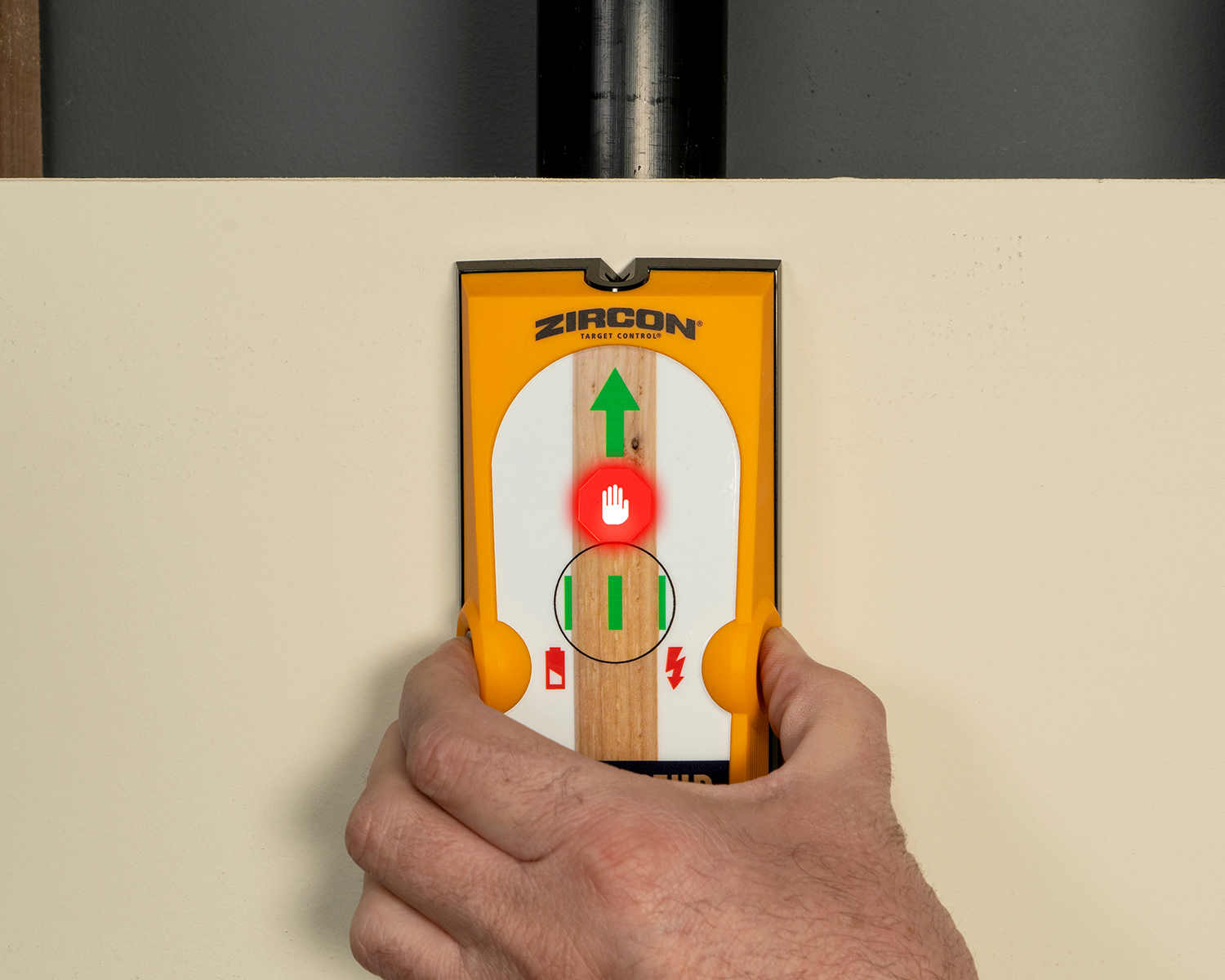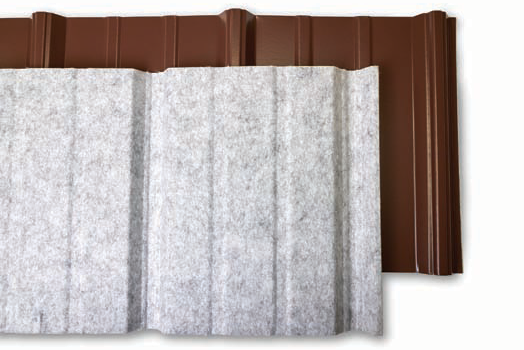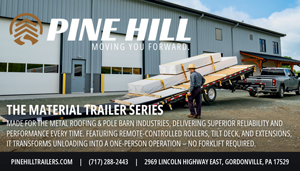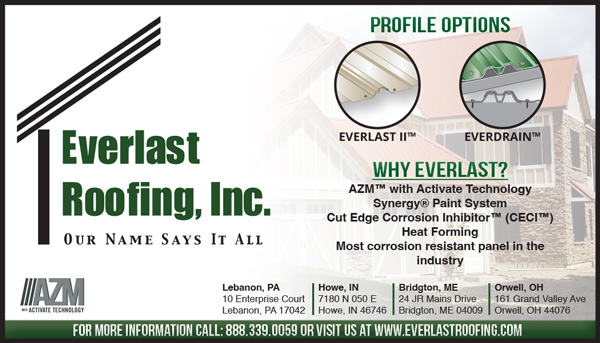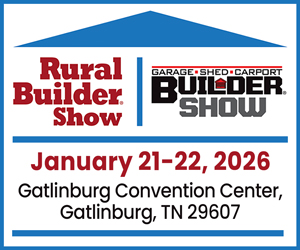Curb Roller Manufacturing has announced the release of the Batt Screed 6000, the industry’s first battery-powered roller screed. The roller screed operates with no cords, hoses, or fumes.
The Batt Screed eliminates the hassle of working around a cord and the added weight of an engine mounted on the screed. The unit gets its power from a removable and rechargeable 60-volt lithium ion DeWalt FLEXVOLT battery. Contractors may be familiar with this line of batteries and their versatile use in smaller or heavy-duty cordless tools like hammer drills or cutoff saws. One fully charged battery is estimated to screed off 1,800-2,500 square feet, depending on the slump and pipe length. By eliminating an auxiliary power source, the Batt Screed 6000 can be operated almost anywhere. Unlike gas, electric and hydraulic roller screeds, the Batt Screed eliminates exhaust fumes, power cords and the need for hydraulic power sources, making it ideal for indoor operation or use in tight spaces.
The Batt Screed easily accommodates jobs from 3 to 22 feet with expandable tube inserts, making it highly versatile. This flexibility makes it ideal for both small and large jobs including bike trails, golf cart paths, garage pads, shed floors, grain bin pads, and parking lots.
The Batt Screed provides a consistently higher-quality finished product than vibrating screeds or screed boards. It eliminates the need for back-breaking work, providing an ideal solution for contractors who want to get more flatwork done in less time — all with a better, flatter finished product.
Because roller screeds spin the concrete into shape versus vibrating the concrete, larger aggregate, and more of it, remains near the surface of the slab, providing increased structural integrity. Conversely, vibrating screeds use vibration to form the concrete which often causes the aggregate to fall to the bottom of the slab, leaving the concrete more open to spalling.
The Batt Screed 6000 design includes an adjustable right- or left-hand speed control, variable speed in both high and low ranges, and a three-position handle that allows for a more ergonomic operation for operators.
The multi-position handle gives operators more versatility when it comes to obstacles or limiting factors during a pour. For example, if a contractor is pouring a driveway, they can position the handle outward to allow them to walk outside of the forms. GSCB





